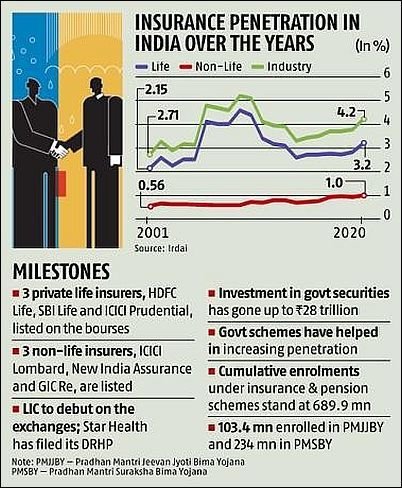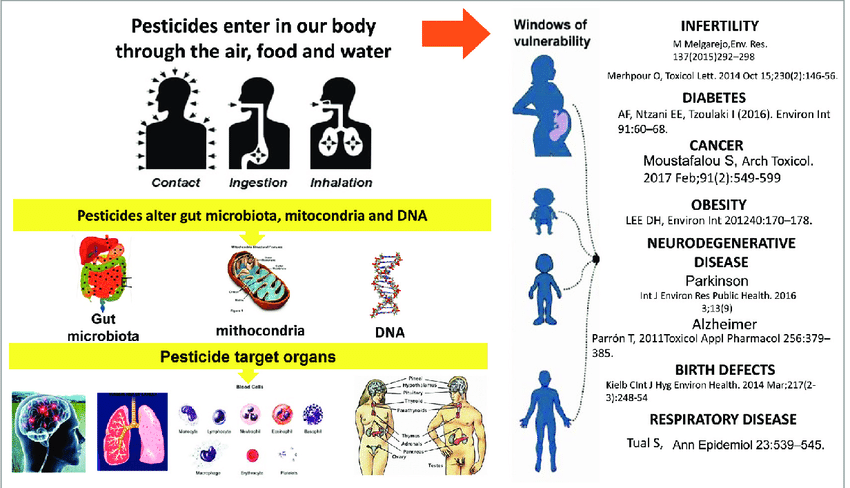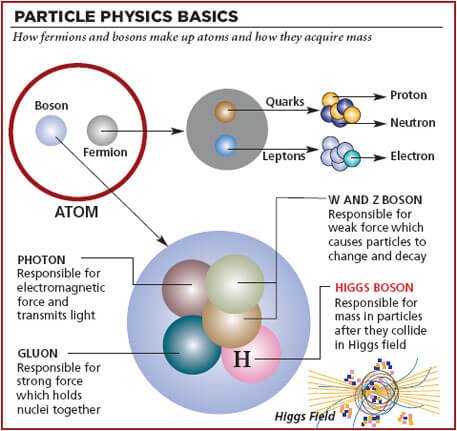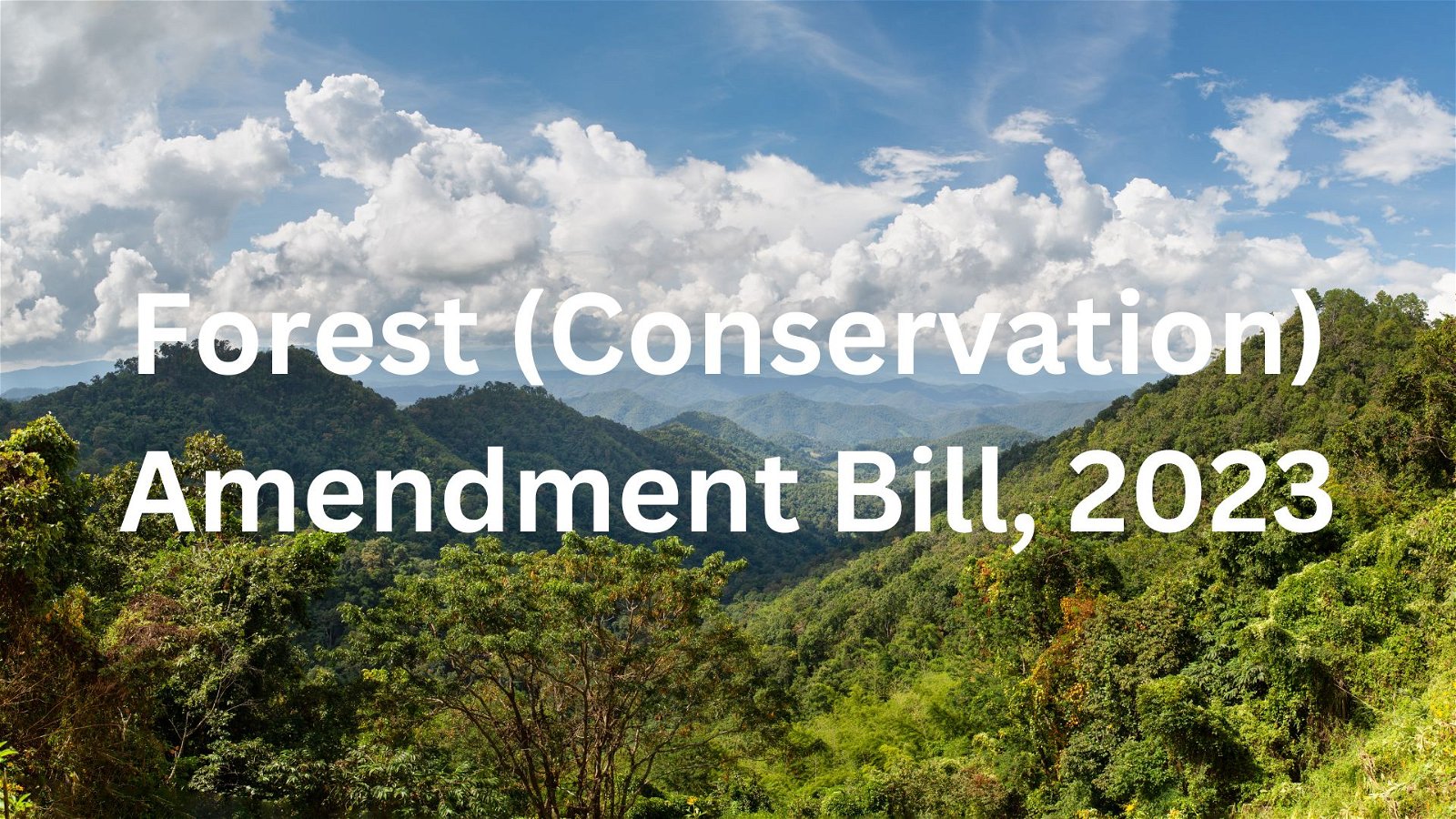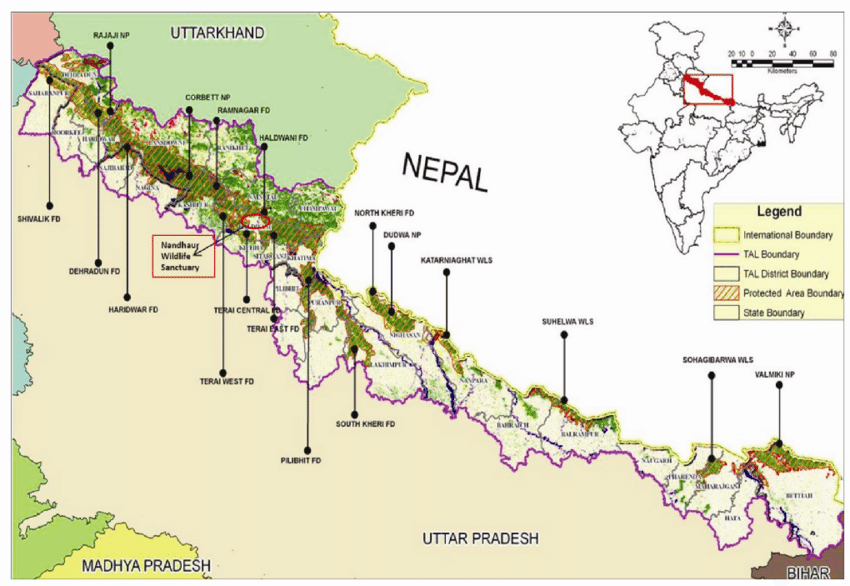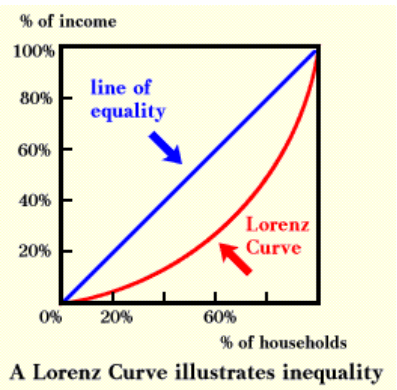
India Employment Report 2024
Subscribers of "Current Affairs" course can Download Daily Current Affairs in PDF/DOC
Subscribe to Never Miss an Important Update! Assured Discounts on New Products!
Must Join PMF IAS Telegram Channel & PMF IAS History Telegram Channel
- Context (IE): The findings of the India Employment Report 2024.
- India Employment Report 2024 is developed by the Institute for Human Development (IHD) and the International Labour Organisation (ILO).
Positive developments in the Labour market
- Employment quality has improved in all states, though at different rates.
- Non-farm employment increased & agriculture employment declined (between 2000 – 2019).
- Regular employment increased & unorganised sector employment declined (except Covid years).
- Female workforce participation rate increased from 24.5% in 2019 to 37.0% in 2023.
- Most of this increase was in agriculture, and many were in own-account or unpaid family work.
- Wages of casual workers increased from 2019 to 2022, especially for lower-income groups.
- Unemployment declined from 6% in 2018 to 3.2% in 2023.
- Youth unemployment declined from 17.8% to 10%.
Persisting Challenges in the Labour Market
- Agriculture still employs a large portion of workers, about 46.6%.
- More capital and skill-intensive production processes are causing imbalances in the labour market.
- Despite higher education levels, there are many unskilled and semi-skilled workers.
- Women’s workforce participation is low, often in lower-paying jobs (agriculture, unpaid family work).
- The proportion of youth not employed, educated, and trained (NEET) is around 28% in 2022.
- The share of females is around five times more than males.
- There are mismatches between qualifications and skills, especially at higher education levels.
- Most jobs are informal and not very productive (90% of employment is informal).
Policy recommendations
- Making production more labour-intensive.
- Improving job quality through strong wage growth, social protection, and efforts to formalise jobs.
- Reducing labour market inequalities (especially for women).
- Improving skills training and job matching.
- Improving statistical data collection to understand changing labour market patterns better.




![PMF IAS Environment for UPSC 2022-23 [paperback] PMF IAS [Nov 30, 2021]…](https://pmfias.b-cdn.net/wp-content/uploads/2024/04/pmfiasenvironmentforupsc2022-23paperbackpmfiasnov302021.jpg)
